
Howard Duane Allman was an American rock guitarist, session musician, and the founder and original leader of the Allman Brothers Band, for which he was inducted into the Rock and Roll Hall of Fame in 1995.
Hour Glass was a 1960s rhythm and blues band based in Los Angeles, California in 1967 and 1968. Among their members were two future members of the Allman Brothers Band and three future studio musicians at the Fame Studios in Muscle Shoals, Alabama.

William Royce "Boz" Scaggs is an American singer, songwriter, and guitarist. An early bandmate of Steve Miller in The Ardells and the Steve Miller Band, he began his solo career in 1969, though he lacked a major hit until his 1976 album Silk Degrees peaked at number 2 on the Billboard 200, and produced the hit singles "Lido Shuffle" and "Lowdown". Scaggs produced two more platinum-certified albums in Down Two Then Left and Middle Man, the latter of which produced two top-40 singles "Breakdown Dead Ahead" and "Jojo". After a hiatus for most of the 1980s, he returned to recording and touring in 1988, joining The New York Rock and Soul Revue and opening the nightclub Slim's, a popular San Francisco music venue until it closed in 2020. He has continued to record and tour throughout the 1990s, 2000s, and 2010s, with his most recent album being 2018's Out of the Blues.

Christmas and the Beads of Sweat is the fourth album by New York-born singer, songwriter, and pianist Laura Nyro. The album was released on the Columbia Records label in November 1970 after Nyro had recorded it in the early summer with producers Felix Cavaliere and Arif Mardin. Whilst Nyro had handed over production reins, she was still in control of the project and co-arranged her compositions.
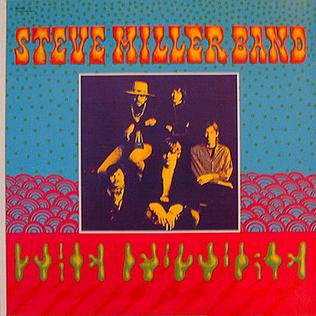
Children of the Future is the debut album by the Steve Miller Band, released in 1968 by Capitol Records. Contributed by several writers, the songs on the album include a mixture of blues and psychedelic rock. The album was produced by British record producer-engineer Glyn Johns. It reached number 134 on the Billboard 200 album chart.

Donna Jean Thatcher Godchaux-MacKay is an American singer who was a member of the Grateful Dead from 1972 until 1979.

Other Roads is the tenth studio album by Boz Scaggs released in 1988. After an eight-year hiatus from recording, Scaggs returned in 1988 with this album, a record aimed primarily at the adult contemporary market.
The Muscle Shoals Rhythm Section is a group of American session musicians based in the northern Alabama town of Muscle Shoals. One of the most prominent American studio house bands from the 1960s to the 1980s, these musicians, individually or as a group, have been associated with more than 500 recordings, including 75 gold and platinum hits. They were masters at creating a southern combination of R&B, soul and country music known as the "Muscle Shoals sound" to back up black artists, who were often in disbelief to learn that the studio musicians were white. Over the years from 1962 to 1969, there have been two successive groups under the name "Muscle Shoals Rhythm Section" and the common factor in the two was an association with Rick Hall at FAME Studios in Muscle Shoals.

Muscle Shoals Sound Studio is an American recording studio in Sheffield, Alabama, formed in 1969 by four session musicians known as The Muscle Shoals Rhythm Section. They had left nearby FAME Studios in Muscle Shoals to create their own recording facility.
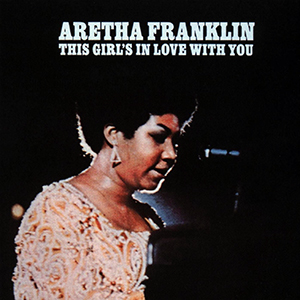
This Girl's in Love with You is the sixteenth studio album by American singer Aretha Franklin, released on January 16, 1970 by Atlantic Records. It reached Billboard's Top 20 and was reissued on compact disc through Rhino Records in 1993. Her version of The Beatles' "Let It Be" was the first recording of the song to be commercially issued. Songwriter Paul McCartney sent Franklin and Atlantic Records a demo of the song as a guide.

FAME Studios is a recording studio located at 603 East Avalon Avenue in Muscle Shoals, Alabama, an area of northern Alabama known as the Shoals. Though small and distant from the main recording locations of the American music industry, FAME has produced many hit records and was instrumental in what came to be known as the Muscle Shoals sound. It was started in the 1950s by Rick Hall, known as the Founder of Muscle Shoals Music. The studio, owned by Hall until his death in 2018, is still actively operating. It was added to the Alabama Register of Landmarks and Heritage on December 15, 1997, and was listed on the National Register of Historic Places in 2016. The 2013 award-winning documentary Muscle Shoals features Rick Hall, the Muscle Shoals Rhythm Section, and the Muscle Shoals sound originally popularized by FAME.
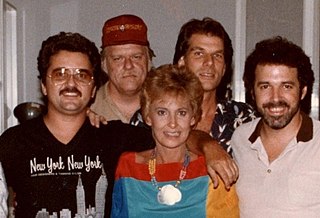
Barry Edward Beckett was an American keyboardist, session musician, record producer, and studio founder. He is best known for his work with David Hood, Jimmy Johnson, and Roger Hawkins, his bandmates in the Muscle Shoals Rhythm Section, which performed with numerous notable artists on their studio albums and helped define the "Muscle Shoals sound".

Moments is the third album by singer Boz Scaggs, released in 1971. It was his debut album on the Columbia label.
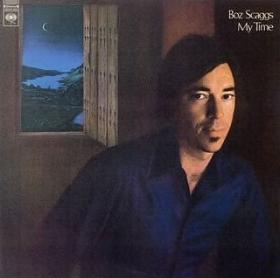
My Time is the fifth album by Boz Scaggs, released by Columbia Records in September 1972. "Dinah Flo" was the only single released from the album.

Spirit in the Dark is the seventeenth studio album by American singer Aretha Franklin, released on August 24, 1970, by Atlantic Records. It received critical acclaim, but was met with middling sales, despite having two hit singles, "Don't Play That Song ", which peaked at #1 R&B, #11 on the Hot 100, and "Spirit in the Dark", peaking at #3 R&B and #23 Hot 100, in Billboard magazine. It was Aretha's first Atlantic album to fall short of Billboard's Top 20, but it is now considered to be one of Aretha's classic Atlantic LPs.
"You're So Fine" is the title of a popular song performed by The Falcons.
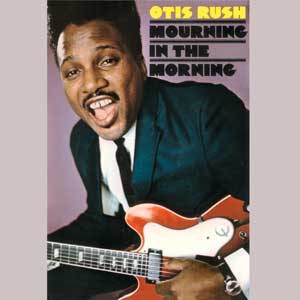
Mourning In the Morning is an album by the American blues singer and guitarist Otis Rush, released in 1969. Characterized as his first album, Rush had been cutting singles since 1955. The album fuses Rush's deep blues sound with soul and rock. The album was panned by many critics, but has since developed a cult following.

Jesse Willard "Pete" Carr was an American guitarist. Carr contributed to successful recordings by Joan Baez, Luther Ingram, Bob Seger, Joe Cocker, Boz Scaggs, Paul Simon, The Staple Singers, Rod Stewart, Barbra Streisand, Wilson Pickett, Hank Williams, Jr., among many others, from the 1970s onward.

Hey Jude is the ninth studio album by soul singer Wilson Pickett, recorded at FAME Studios in Muscle Shoals, Alabama and released in 1969. The title track, a cover of The Beatles song of the same name, was a success, peaking at #13 on the Billboard R&B singles chart and #23 on the top 200. Also released as a single was a cover of Steppenwolf's "Born to Be Wild", which was less successful.

A Fool To Care is the eighteenth studio album by American singer-songwriter Boz Scaggs. It was released in the US on March 31, 2015, and in the UK on March 30, 2015, on 429 Records. The album was the second in a three-album series celebrating American roots music. The front cover was by Danny Clinch who photographed Scaggs in Conzelman Road, Sausalito, California.


















